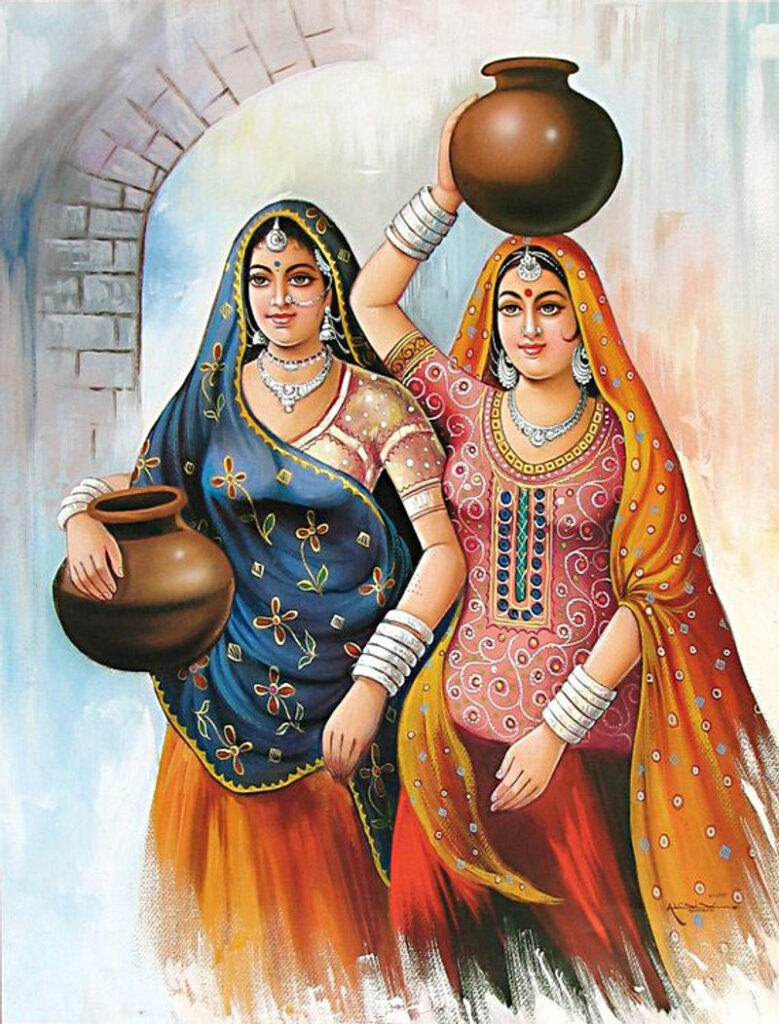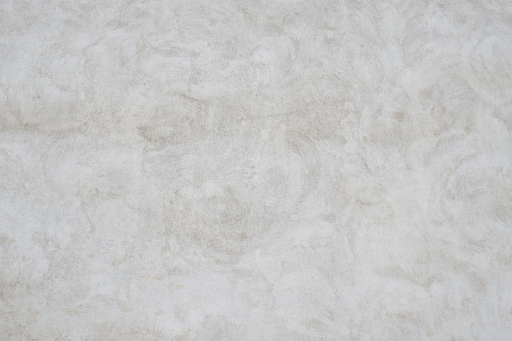Cultural Painting: A Reflection of Heritage and Identity
Cultural paintings are artistic expressions that depict the traditions, beliefs, and lifestyles of different communities and societies. These paintings serve as a visual narrative of a culture’s history, spirituality, and way of life, often passing down stories and values through generations.

Themes and Subjects in Cultural Painting
- Rituals and Celebrations: Paintings showcasing festivals, weddings, and religious ceremonies, capturing the vibrancy of cultural traditions.
- Folk Tales and Myths: Visual storytelling of legendary figures, folklore, and mythological events.
- Daily Life: Depictions of traditional occupations, markets, farming, or family life, offering a glimpse into a community’s routine.
- Nature and Environment: Illustrates the relationship between people and their surroundings, including landscapes, flora, and fauna.
- Spiritual Beliefs: Portrays deities, religious symbols, and sacred practices central to a culture’s identity.
Types of Cultural Painting
- Folk Art:
- Mithila/Madhubani Art: From Nepal and India, known for intricate patterns and natural themes.
- Warli Painting: A tribal art form from India featuring simple geometric shapes to depict daily life.
- Classical Art:
- Chinese Ink Painting: Depicts nature, harmony, and philosophy using delicate brushwork.
- Persian Miniatures: Richly detailed, illustrating scenes from literature and history.
- Indigenous Art:
- Aboriginal Dot Painting: An Australian tradition with symbolic storytelling through dots and patterns.
- Native American Art: Depicts spiritual totems, tribal rituals, and connections to nature.
Materials and Techniques
- Natural Dyes and Pigments: Many traditional cultural paintings use plant-based or mineral pigments for authenticity.
- Handmade Brushes and Tools: Artists often craft their own tools, such as twigs, feathers, or cloth, for unique effects.
- Modern Mediums: Acrylics, oils, and digital platforms are now used to reimagine traditional cultural art in contemporary styles.
Cultural Significance
Cultural paintings are more than just art—they are a way of preserving and celebrating a community’s identity and heritage. They:
- Act as historical records, documenting significant events and traditions.
- Serve as mediums of spiritual connection and expression.
- Foster cultural pride and unity within communities.
Global Appeal
In an increasingly interconnected world, cultural paintings transcend borders, inspiring global audiences with their unique stories and artistic styles. Exhibitions, art fairs, and online platforms have brought cultural paintings to the forefront of global art appreciation.
Conclusion
Cultural painting is a vibrant testament to human creativity and diversity. It bridges the past and the present, connecting people to their roots while inspiring future generations to cherish and celebrate their heritage.
